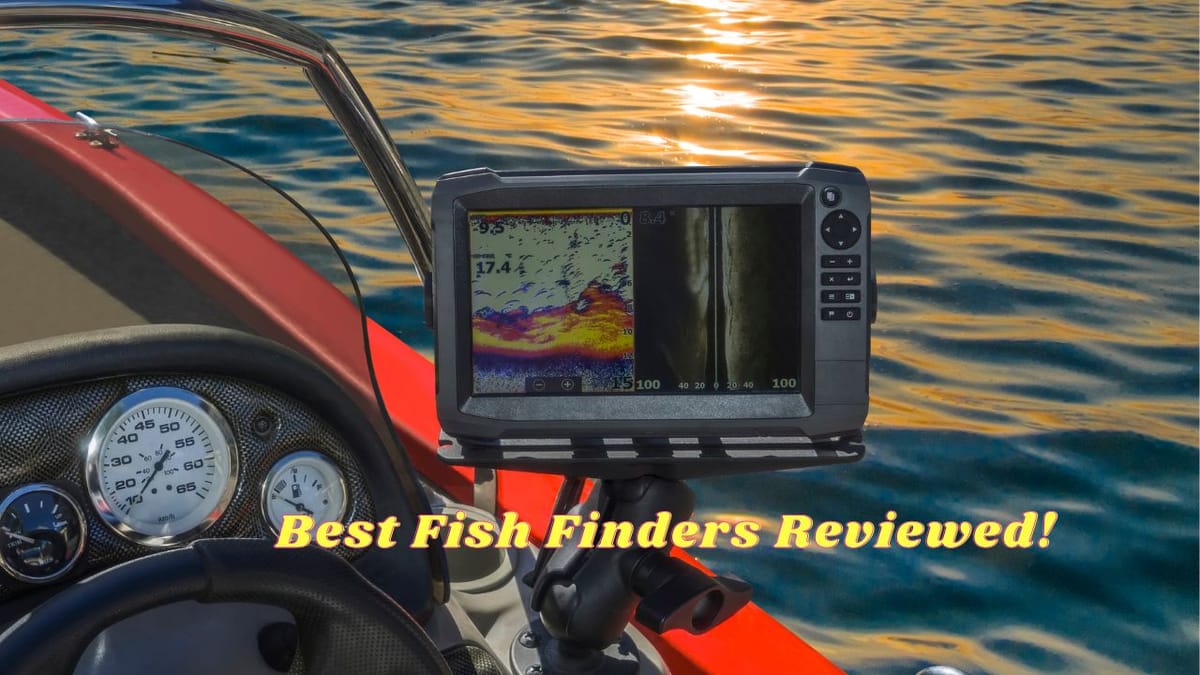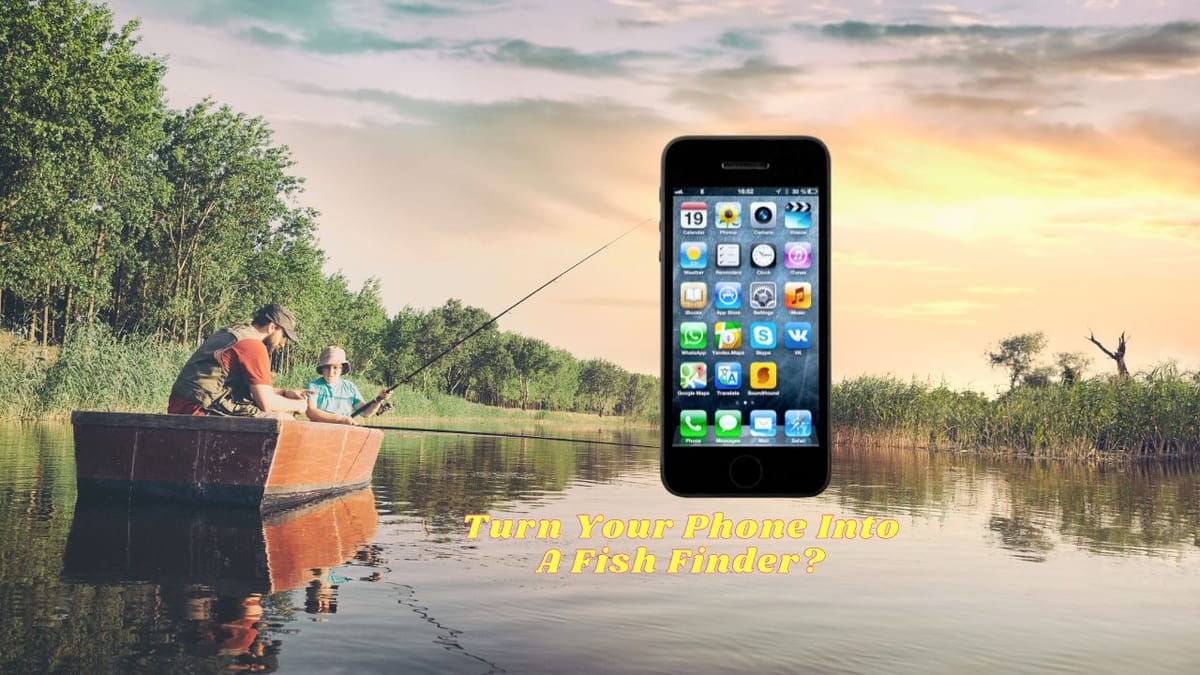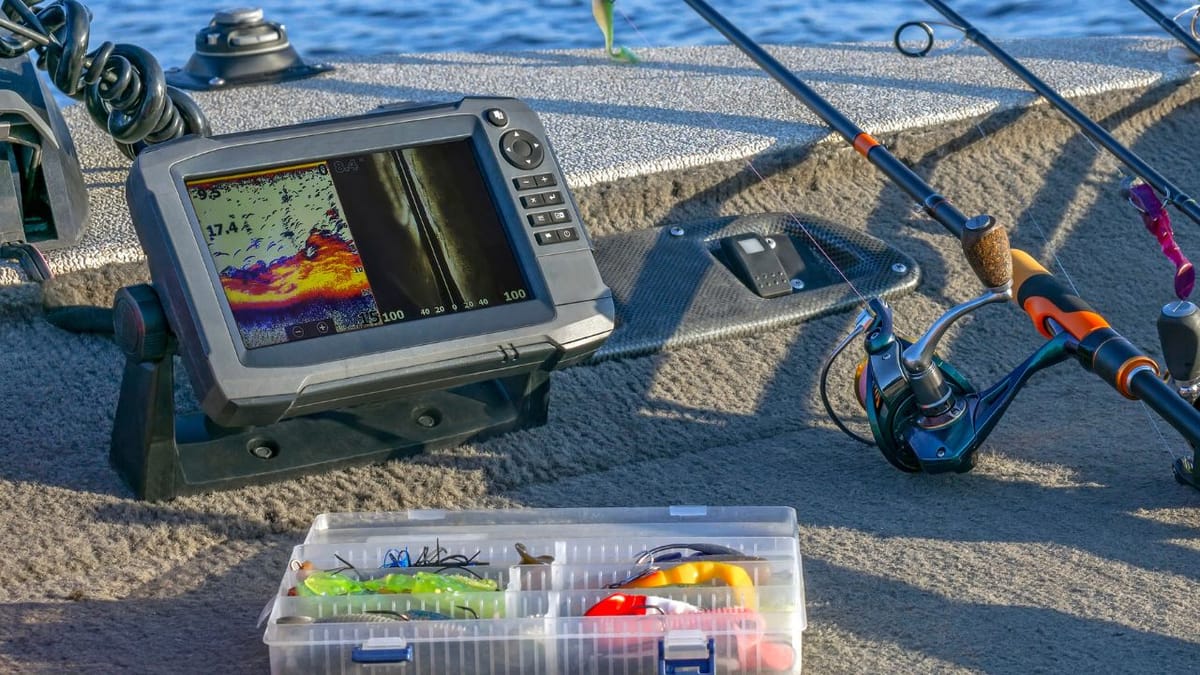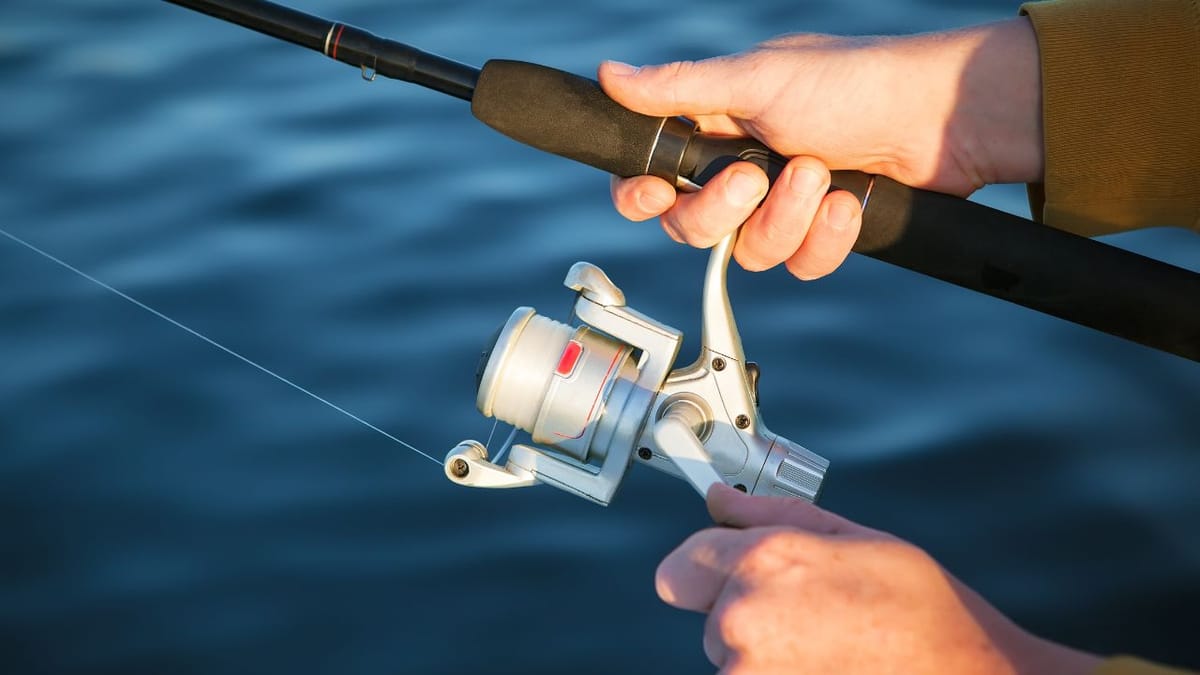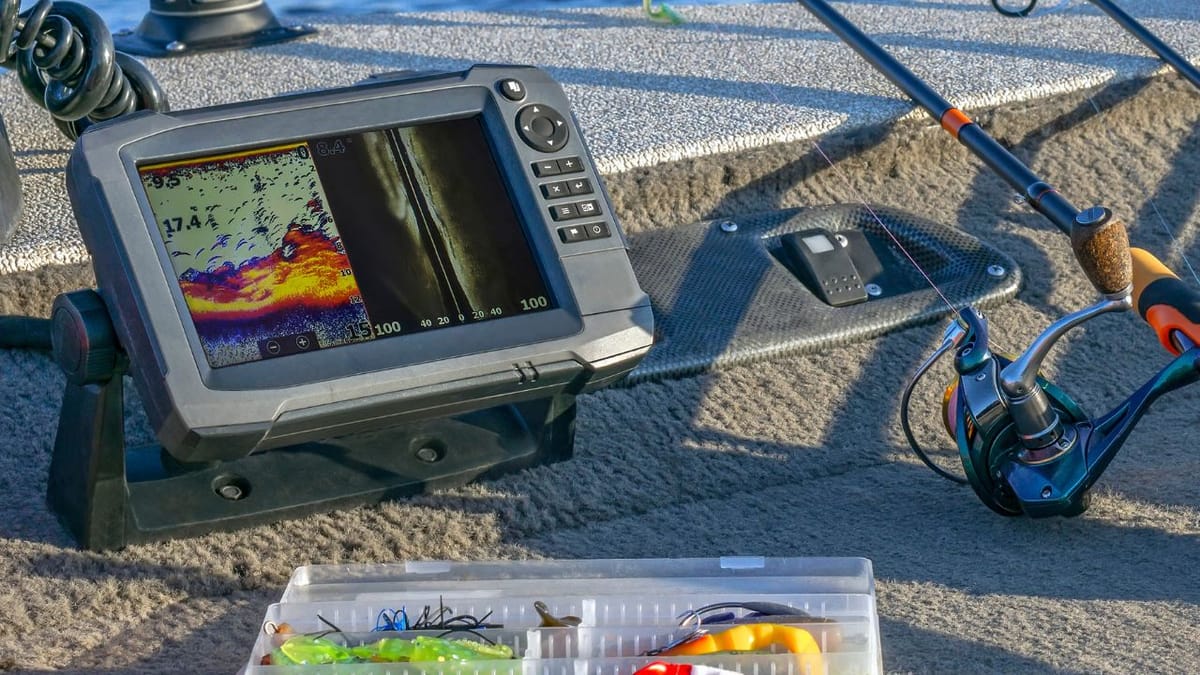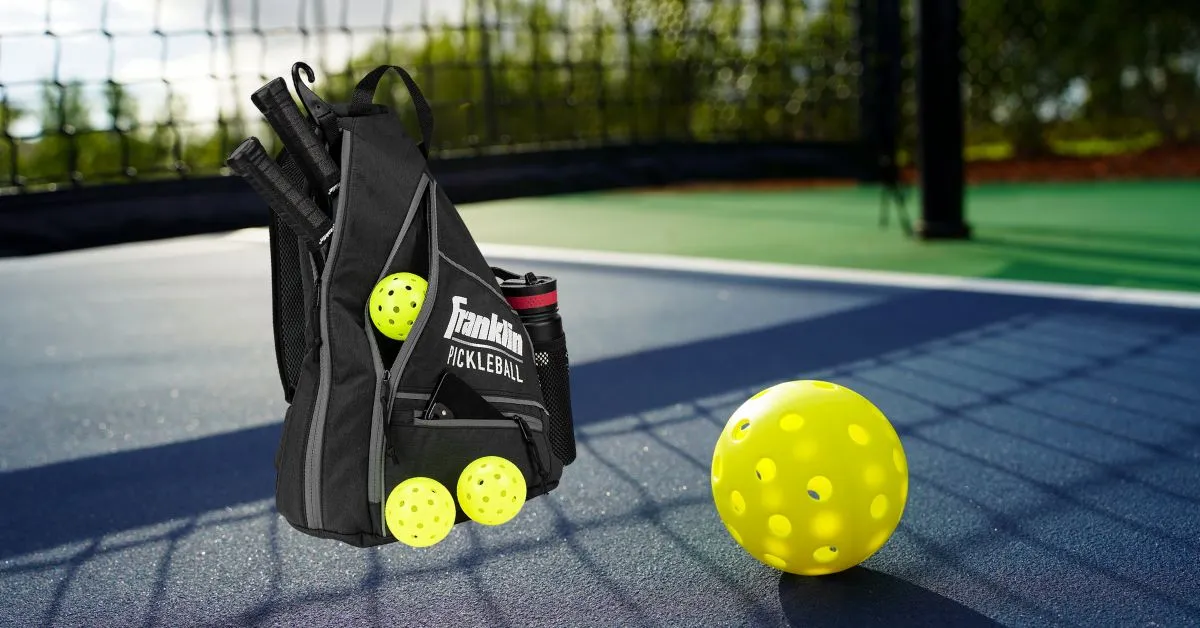Table of Contents
Key Takeaways:
- Discover how an iPad can be transformed into a fish finder with the right apps and accessories.
- Understand the benefits and limitations of using an iPad compared to traditional fish finders.
- Learn about the practical applications and setup for an iPad-based fish finding system.
Fishing enthusiasts are always looking for ways to enhance their experience and increase their catch. With technology advancing rapidly, many are turning to their iPads as potential fish finders. But can these versatile tablets really replace or complement the traditional fish finding tools? Let's dive in and explore the possibilities.
With detailed and rigorous research, we provide our readers with the finest recommendations. Our recommendations are our opinions. Our cause is backed by reader support- for every click made through one of our affiliates links, a commission may be earned at no extra expense to you! As an Amazon Associate, Reviewsopedia may earn a commission from qualifying purchases. Thank you and enjoy!
Transforming Your iPad into a Fish Finder
The idea of using an iPad as a fish finder might seem unconventional, but with the right applications and accessories, it's entirely possible. There are several apps available on the App Store that can turn your iPad into a sonar device capable of locating fish. These apps often require the use of external hardware that sends sonar signals into the water and communicates with the iPad via Bluetooth or Wi-Fi.
One such example is the Deeper Smart Sonar, which is a small, castable device that pairs with your iPad. Once connected, it provides real-time information about the underwater environment, including the location of fish, depth, temperature, and bottom contour. This setup not only makes your iPad a functional fish finder but also adds the convenience of a larger, more interactive display.
The Benefits of an iPad Fish Finder
Using an iPad as a fish finder comes with several advantages. The most obvious is the screen size. Traditional fish finders often have small displays, which can limit the amount of information you can see at once. An iPad's larger screen allows for a more detailed view of the sonar readings, making it easier to identify fish and underwater structures.
Another benefit is the portability and versatility of an iPad. Unlike fixed fish finders, an iPad can be easily transported and used for various purposes beyond fishing, such as navigation or entertainment. This multifunctionality makes it an attractive option for anglers who want to minimize the amount of gear they carry.
The Right Accessories for the Job
To effectively use an iPad as a fish finder, you'll need more than just the right app. You'll also require specific accessories that enable your iPad to receive sonar data. These accessories typically include a sonar transducer and a mounting system to secure your iPad on your boat.
The transducer is the most crucial component, as it's responsible for sending and receiving sonar waves. Some popular options include the aforementioned Deeper Smart Sonar and the iBobber Wireless Fish Finder. These devices are designed to work seamlessly with tablets and smartphones, providing accurate and reliable data.
Understanding the Limitations
While an iPad can serve as a fish finder, it's essential to recognize its limitations. iPads are not waterproof, so they require protective cases when used near water. Additionally, they rely on battery power, which can be a concern during long fishing trips. It's crucial to have a charging plan in place, such as a portable battery pack or a boat-mounted charger.
Another limitation is the dependency on external sonar devices. Unlike traditional fish finders that come with built-in sonar technology, iPads need these additional gadgets to function as fish finders. This means an extra investment and the need to ensure compatibility between the devices.
Practical Applications on the Water
When it comes to practical use, an iPad fish finder can be incredibly useful for various fishing scenarios. For instance, ice fishing can greatly benefit from the portability and ease of setup of an iPad-based system. Anglers can quickly move from hole to hole, using their iPad to check for fish presence without the need for bulky equipment.
Similarly, kayak fishermen who have limited space can take advantage of the compact nature of an iPad fish finder setup. With the right waterproof case and a secure mounting system, they can easily integrate this technology into their fishing routine without it getting in the way.
Setting Up Your iPad for Success
Setting up your iPad to function as a fish finder is relatively straightforward. First, you'll need to select and install a compatible fish finder app. Next, pair your iPad with the external sonar device following the manufacturer's instructions. Once connected, you can mount your iPad on your boat using a suitable holder that keeps it stable and accessible.
It's also wise to configure your iPad settings for outdoor use. Increase the screen brightness for better visibility in sunlight, and consider enabling battery-saving features to extend usage time. With these steps completed, your iPad will be ready to assist you in locating your next big catch.
Comparing iPad Fish Finders to Traditional Models
When comparing an iPad fish finder to traditional models, there are several factors to consider. Traditional fish finders are often more rugged and designed specifically for the task, with features like waterproofing and sunlight-readable displays. They also typically have a dedicated power source, making them more reliable for extended use.
However, iPads offer superior display quality and the ability to run multiple apps, which can enhance the fishing experience. They also allow for easy storage and review of fishing data, such as maps and logs, which can be beneficial for planning future trips. Ultimately, the choice between an iPad and a traditional fish finder will depend on personal preferences and the type of fishing you do.
The Future of Fishing Technology
The use of iPads as fish finders is just one example of how technology is transforming the fishing industry. As apps and accessories continue to evolve, we can expect even more sophisticated solutions that integrate with mobile devices. These advancements will likely make fishing more efficient and enjoyable, providing anglers with tools that were once only available in high-end fish finding equipment.
In the future, we may see features like augmented reality (AR) overlays that provide a visual representation of the underwater environment, or artificial intelligence (AI) that can predict fish behavior based on environmental data. The possibilities are exciting and suggest that the role of tablets and smartphones in fishing is only going to grow.
Summary
An iPad can indeed be used as a fish finder with the help of specialized apps and external sonar devices. This setup offers benefits such as a larger display, portability, and multifunctionality. However, it also comes with limitations like the need for waterproof cases and external power sources. When properly equipped and set up, an iPad can be a valuable tool for anglers looking to leverage modern technology to enhance their fishing experience.
FAQ Section
Do I need an internet connection to use my iPad as a fish finder?
No, you don't need an internet connection for the actual fish finding functionality, as the sonar device communicates directly with your iPad. However, you may need internet access to download the necessary apps and updates.
Can I use any iPad model as a fish finder?
Most recent iPad models should work, but it's essential to check the compatibility of the fish finder app and sonar device you plan to use. Some may require more recent models or specific operating systems.
Is it cost-effective to use an iPad as a fish finder?
It can be cost-effective, especially if you already own an iPad. The additional cost would be for the sonar device and any necessary accessories. However, if you need to purchase a new iPad solely for this purpose, it might be more expensive than a traditional fish finder.
Other Related Artilces
